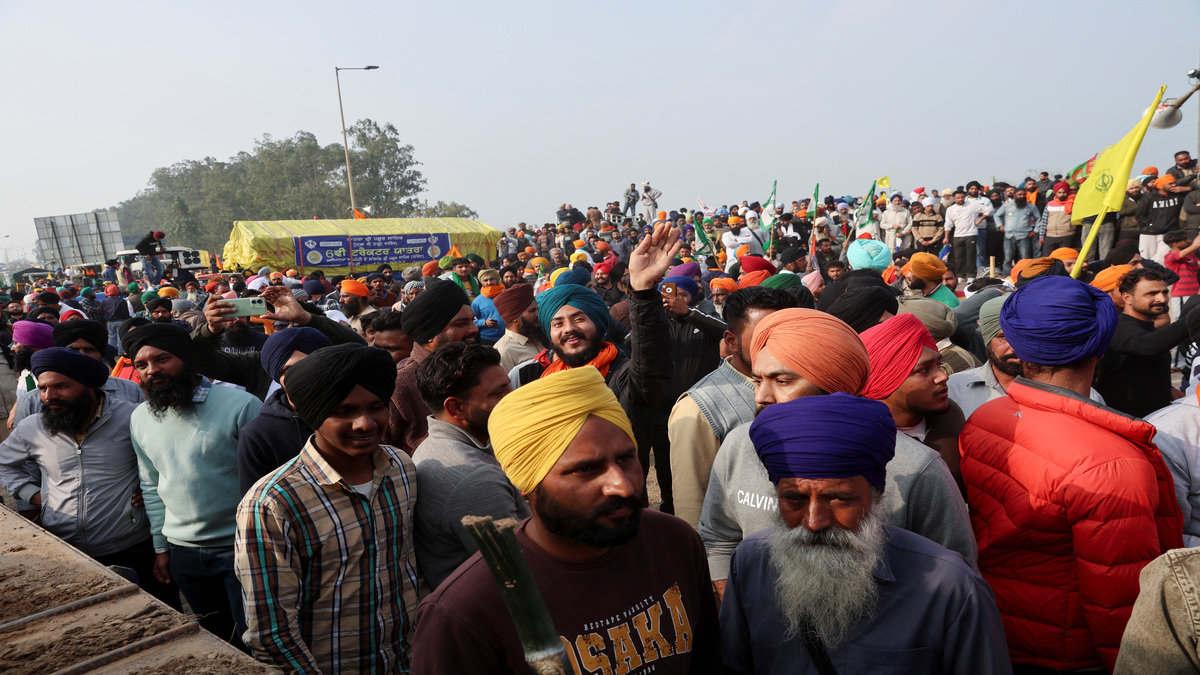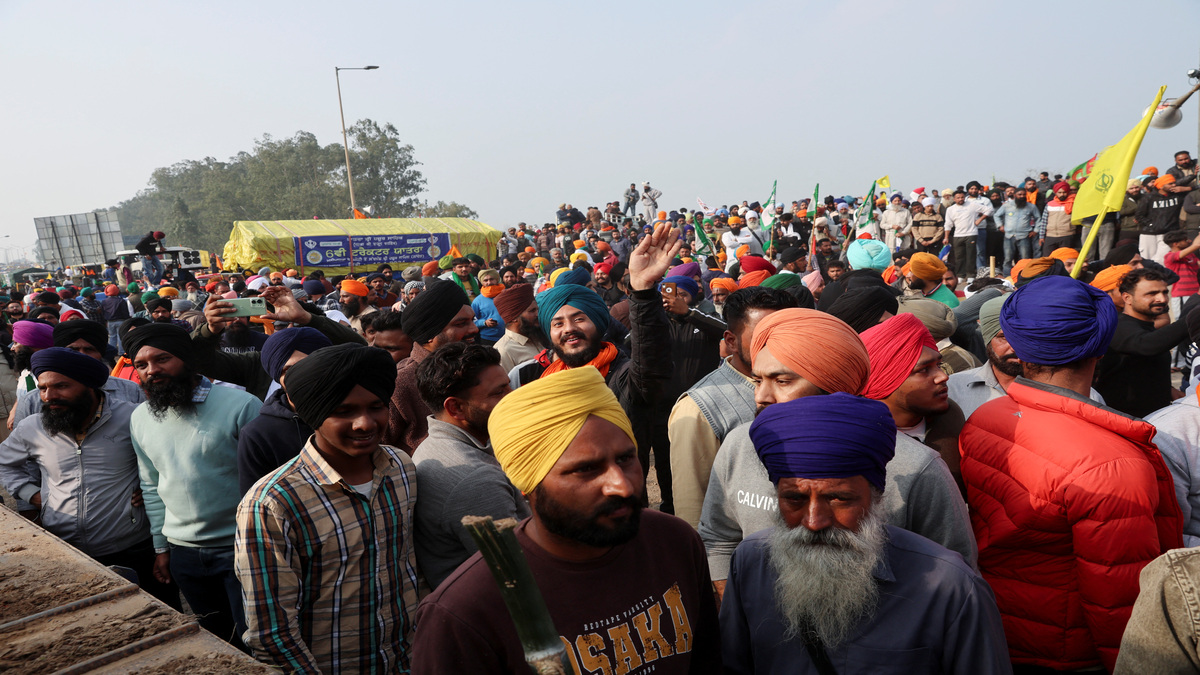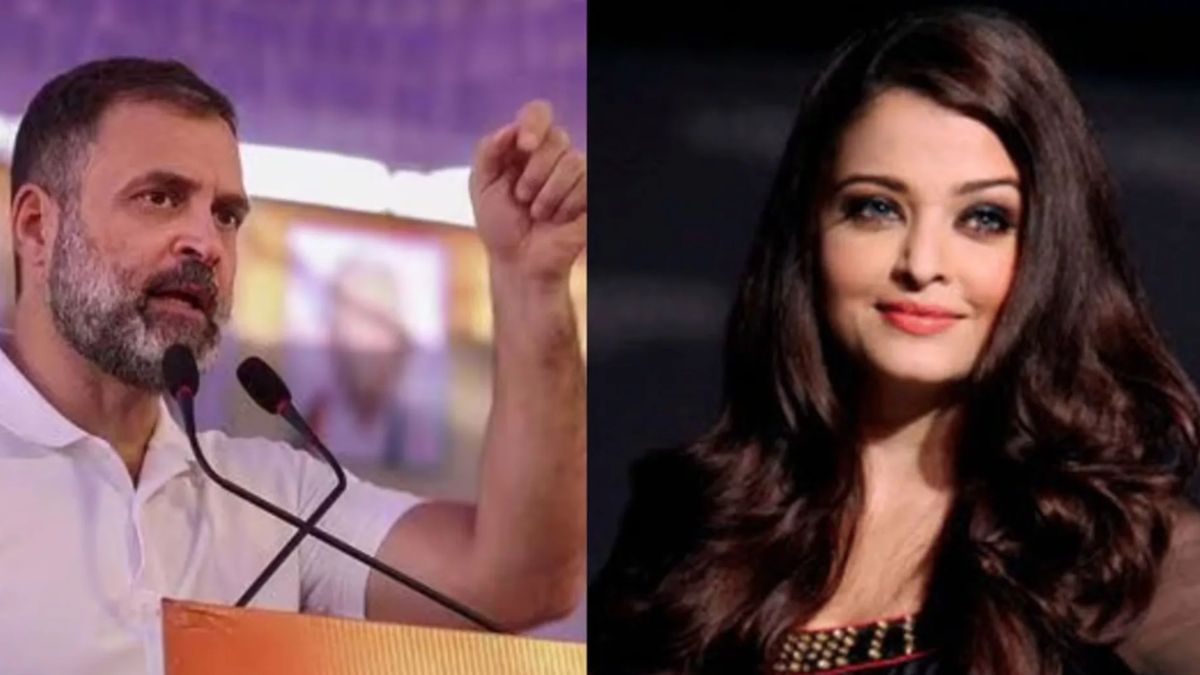Editor’s note: When it was inaugurated in November 2012, the Aam Admi Party symbolised an experiment in audacity; Jacobin radicalism wrapped in a muffler. It windmilled its catapult in the direction of the grand old goliaths of India’s political pantheon, signalling its intent to dismantle the prevailing order. Three years later, on 10 February, it succeeded in felling the Philistine giant, seizing 67 of 70 seats in the Delhi legislative Assembly — 32 of which were held by the ruling BJP, and eight by the Congress. In the year that has elapsed since, AAP has pendulated between triumph and failure — some of its shimmer has dulled, and yet it is encrusted with new jewels; the muffler is frayed at the edges, and still it flutters as the pennant for an alternative form of political engagement.
It has lost much of its original flock, while gathering new, unlikely adherents to its scrappy, DIY dogma. The party is marking its anniversary revelries by launching a massive self-congratulatory campaign ‘PehlaSaalBemisal (one wonderful year)’ to draw attention away from the disappointments, and instead enumerate all that it has achieved. We shouldn’t grudge AAP its birthday bash because that’s what every party does: glorify its performance on the ground. But when it comes to politics, AAP came in with the promise of a difference, of ringing in an era of alternative politics. AAP has left out that aspect of its promise from its anniversary achievements narrative. To understand this aspect of the party, and the bearing it has on alternative politics in India, Firstpost has invited writers to assess AAP’s performance against its founding principles.
This essay by Firstpost Executive Editor Ajay Singh concludes the series.
At Lucknow’s state guest house on Meerabai Marg in 1993, BSP chief Kanshi Ram held aloft a pen and explained the complexity of politics and society in a manner which would otherwise be lost to a researcher in years of incomprehensible academic rigour and jargon. “You see, the society is like this pen; hierarchised vertically, and my objective is to make it horizontal,” he said in his exposition in front of a bunch of journalists.
“But, you know, how would I do it?” he would spring a question and then answer without waiting for anyone to guess, saying, “Through the instrument of political power”. The discourse was a complete departure from the usual political rhetoric in Uttar Pradesh where overweening influence of suave Brahminism in politics was unrelenting. Kanshi Ram not only challenged this hegemony but also subverted it with the help of Mulayam Singh Yadav. His rainbow coalition of Dalit, other backwards and Muslims acquired power against the backdrop of the Babri Mosque demolition of 6 December, 1992.
Since then, the BSP has acquired political power on its own or with the help of an alliance four times. Kanshi Ram’s understudy and successor Mayawati has become a powerful politician in her own right, and has ascended to the throne of UP many times. Yet society and politics in UP remain as hierarchised as ever. There may indeed be a change in the demographic composition of the ruling elite at Lucknow yet they have behaved like their predecessors. Irrespective of their political denomination, there is hardly any difference between Akhilesh Yadav and Mayawati. Both love and patronise elements like Yadav Singh, the Noida engineer now facing corruption charge. And they retain the same officer as their principal secretary. The proverbial pen of Kanshi Ram is lost like a phoenix that can never be resurrected.
As a rookie reporter, you rarely get a chance to meet a charismatic underground leader. Vinod Mishra, popularly known as VM, of the CPI-ML (Liberation) was one such leader who was a cult figure in the eighties. An engineering graduate, Mishra was quite articulate and effective in his political positioning.
The mystique around him grew by the fact that he was a vocal but selective proponent of the theory that power flows through the barrel of a gun. In my first meeting with him at a friend’s house in Lucknow, he came across as a pragmatic revolutionary determined to challenge the status quo. He was least bothered about the emergence of the BSP which monopolised the Dalits’ space in UP. In fact, the CPI-ML(Liberation) had occupied the same space in neighbouring Bihar.
“You see, they (the BSP) cannot take away Dalits from us. We (the party and Dalits) are related by blood,” he would passionately emphasise to underscore his belief that the relationship between the social underdogs and Mishra’s variant of the radical left was unbreakable. Mishra sounded genuine and his party’s base was expanding exponentially in Bihar.
Despite the high-sounding rhetoric that found resonance briefly, Dalits and OBCs gradually drifted away from Mishra’s revolutionary dream and joined regional parties. As of now, the CPI-ML (Liberation) appears to be a pale shadow of the traditional left party like CPI. The ideological fervour that promised to bring a radical change in society and politics is replaced by forging caste combinations and tactical alliances to win elections. This is a classic case of “The revolution is dead! Long live the revolution.”
A few months before the 1991 elections, BJP president LK Advani resumed his Yatra which had been terminated with his arrest at Samastipur in Bihar. Unlike the past when he was travelling on a ‘Toyota Rath’, this time he was driving around eastern UP in a car. I followed him as a reporter and interacted with people who came in large numbers at most of the places where he addressed gatherings.
What I found most surprising was the people’s abiding faith in the notion that Advani was divinely ordained to take up Lord Rama’s cause. In Jaunpur and Azamgarh, I saw people picking up dust from the trail of Advani’s car in the belief that the soil was sanctified by the leader’s presence. “It embarrasses me no end,” Advani would admit when asked about people’s innocence and credulity.
“Ram Lala hum aayenge, mandir wahin banayenge (Lord Ram, we shall come to build temple at Ayodhya)” was the ringing slogan that often prompted the BJP leader to declare in the midst of cheering crowds that no power on earth could stop the construction of the temple at Ayodhya. The BJP came to power in UP in 1991. The subsequent agitation destroyed the mosque under whose dome the idols were kept. Since then, the BJP has come to power at the centre thrice but could do little to pave the way for the temple construction.
Advani as home minister came down quite harshly on the activists of the Vishwa Hindu Parishad (VHP) when they tried to mobilise people for temple construction during the Vajpayee regime. VP Singh who lost the prime ministership following Advani’s Rath Yatra was quite amused to see Advani’s dilemma as home minister. This prompted him once to remark in a caustic candour, “Bahut samjhaya Advaniji ko ki sadhuon ke chakkar me na pado, ye apne maabaap ke nahin hue to tumhare kyo honge (I tried to convince Advani not to get involved with religious saints in politics with the belief that they belong to you. They are hardly indebted to their parents, why would they belong to you?)”.
Through the above three stories I have tried to capture the reflections of the time and pick up a strand of alternative politics that often begins by promising a radical change but ultimately fights resolutely to retain status quo. It may sound a clichéd expression but holds true of India’s political situation, that more things change, the more they remain the same.
But what appears truly worrisome is the fact that every alternative politics promises radical change, but soon the statecraft invariably attains a new nadir of deceit and deception, eroding the trust of the people and making them slightly more suspicious of the next political initiative. In this sense, alternative politics is no different from a revolution that devours its own children. In the present circumstances if Prime Minister Narendra Modi is seen as inadequate to meet people’s expectations, Arvind Kejriwal, Nitish Kumar and Mamata Banerjee are equally seen as products of the lowest cunning of Indian politics. Bereft of an icon, Indian politics appear to be violently drifting away from its moorings, letting the critical issues to be sorted out at street brawls and TV studios in noisiest and superlative degree of self-righteousness.
What could be behind this travesty of ideals? It could be the populist and short-term nature of electoral politics that makes them fling ideals and principles and run after votes. This hypothesis can be supported by the fact that largely every movement toward alternative politics that has refrained from entering electoral politics has maintained its ideals, no matter how debatable those ideals might be.
Those who still have faith in alternative politics can begin by some introspection about the term ‘alternative’ itself. Arguably, the structure of mainstream politics is perfectly okay, and what is the need of hour is reform from within.
Part 1: Yogendra Yadav on how AAP tainted the idea of alternative politics Part 2: Shiv Vishwanathan says Arvind Kejriwal is the Maggi sauce of governance Part 3: Sudhir Kakar warns that the betrayal of AAP’s idealisations could decimate it


)




)
)
)
)
)
)
)
)